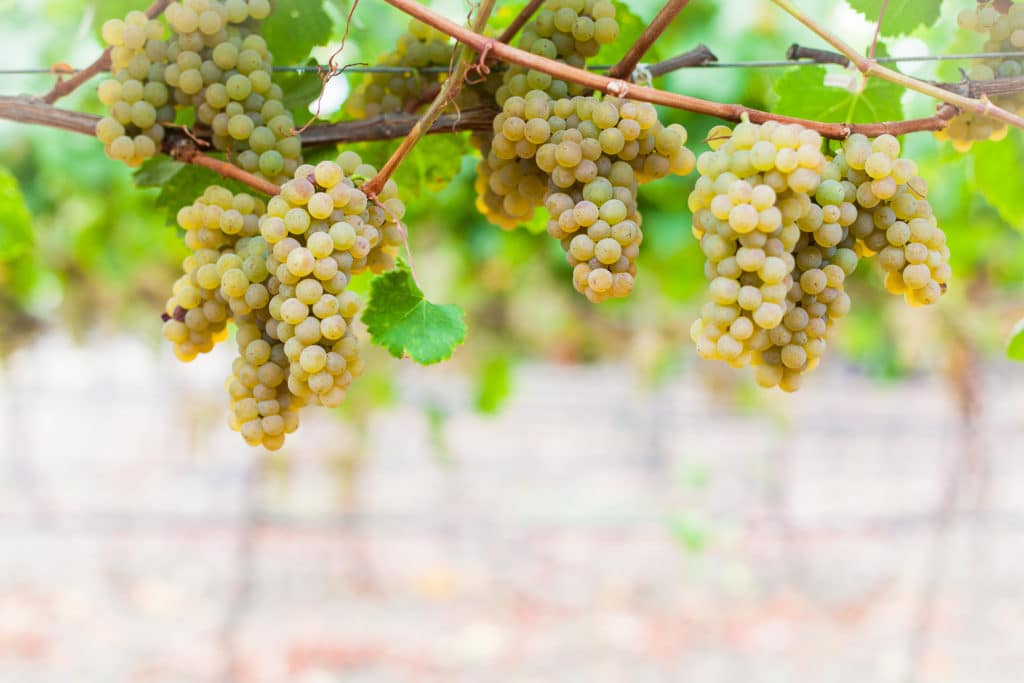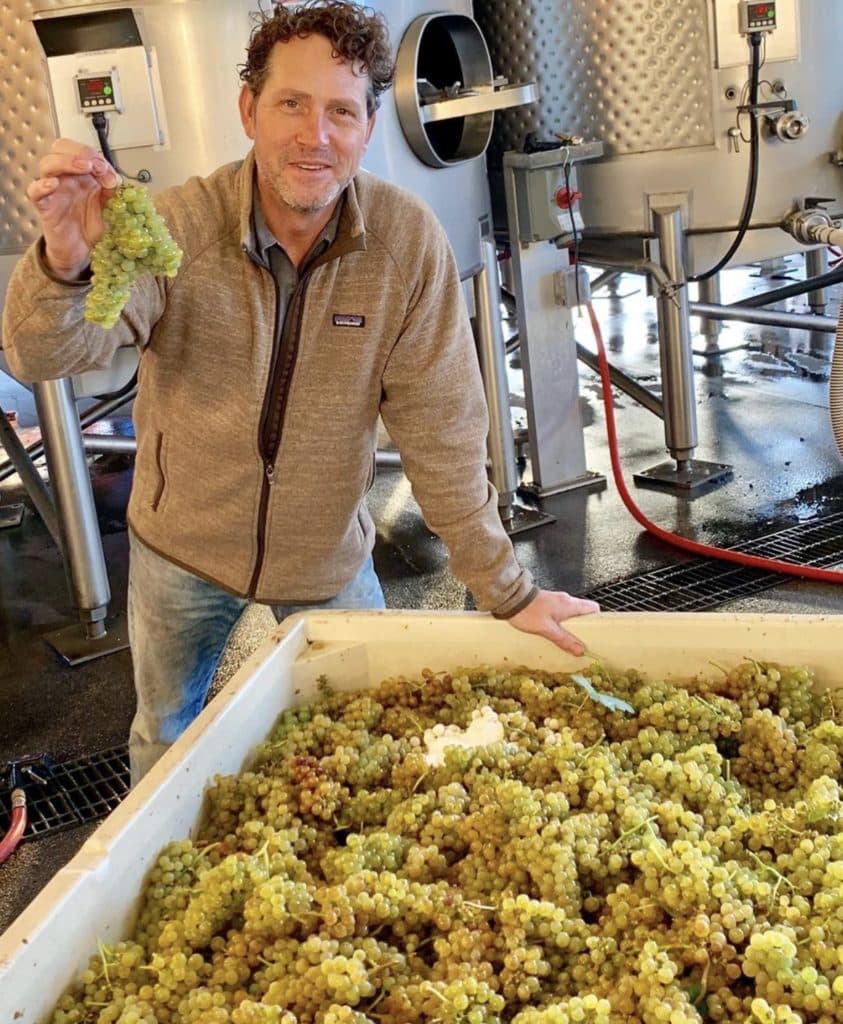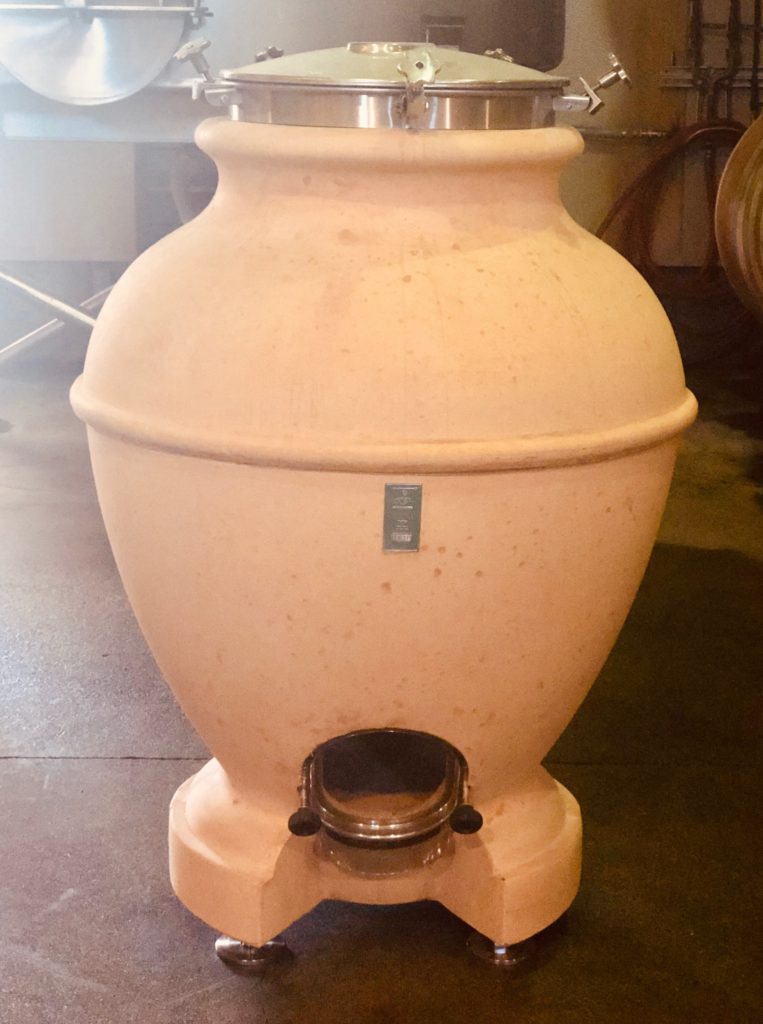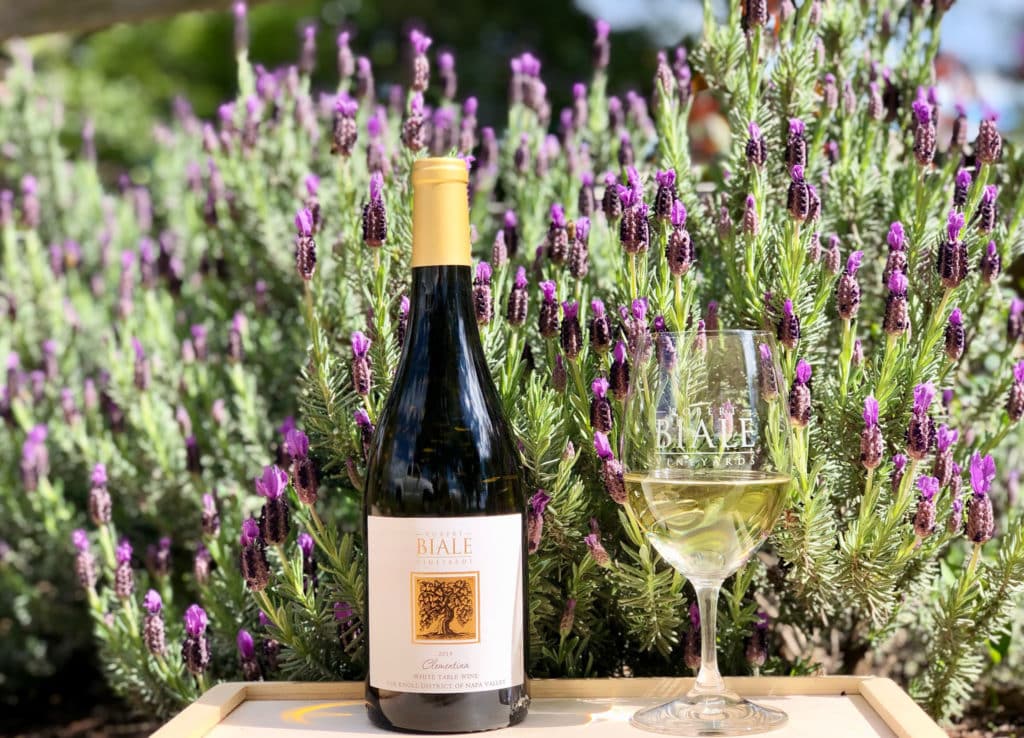
History of Greco:
The first ever record of Greco dates back to 1st Century B.C. in Pompeii. A fresco was found with the quote: “You are truly cold, Bytis, made of ice, if last night not even Greco wine could warm you up.” What was once planted on the slopes of Vesuvius then made it’s way to Southern Italy by way of the by the Pelasgians, an ancient people from Thessaly in Greece. Greco is now identified as one of the great white wines of Tufo, Campania, Italy.
The alluvial soils and moderate climate of the Oak Knoll District are ideal conditions for a wide variety of vinifera grapes. Complex, lean, and graceful, Greco wines are traditionally known to cellar extremely well (up to 10 years). Greco, a relatively new variety for Napa Valley, shows wonderful promise for future winemaking. This wine is a tribute to Clementina Biale (1929-2017), wife of Aldo Biale and matriarch of the Biale Family.

Winemaking:
Our Winemaker, Tres Goetting, and his team have had fun experimenting with different fermentation vessels this year. Let’s take a dive into the meticulous work that went into producing our 2019 Clementina White Wine!
Stainless Steel Drums
This vessel mimics the shape of a barrel, yet it is a bit skinnier and longer. The length lends way to a greater surface area. This is important because the wine is then able to have more contact with the lees (solids and dead yeast cells) that settle at the bottom. The characteristics that this vessel provides are pure exotic fruit and bright, fresh acidity.
Italian Vessel (Wine Amphora)
This vessel from Northern Italy referred to as the “Drunken Turtle” (fitting name!) or more properly known as Cocciopesto. The Cocciopesto is a mixture of stone fragments, crushed clay, sand, and cement that is dried in the sun. Many people ask what the difference is between Terracotta and the Cocciopesto? The difference is that Terracotta is made solely from clay and it is cooked at extremely high temperatures.
So why use this type of wine amphora? The Cocciopesto imparts a great mouthfeel & rich texture to the wine. This is not only because the of the mixture of raw material used to make this amphora, but it is also because of the shape. The shape of the Cocciopesto keeps the wine and solids(lees) in suspension so the solids never settle to the bottom. This lends to a silky rich mouthfeel.

Acacia Barrel
The third, and final vessel, is the Acacia barrel. We use one new French Acacia barrel for fermentation. French Acacia wood is similar to oak, however, it imparts a sweeter character, or ginger spice to the wine, as Tres likes to say.
These barrels help to change the phenolic structure of the wine. With this change comes complexity. Every great wine should have a beginning, a middle, and an end. The Acacia barrel helps lend to the spice in the middle palette before you receive the rich, luscious finish from the “Drunken Turtle”. Tres also, uses a technique called “bâtonnage,” which is a French word meaning to stir the lees (that have settled to the bottom) back into the wine. This creates autolysis, whereby the yeast cells break down and that also helps to impart a mouthfeel and structure to the wine.
Post Fermentation: What happens next?
Once fermentation is complete; the flavor development continues! Tres lets the wine age in these individual fermentation vessels on the lees—think about a crockpot on low, imparting
all those great flavors. It is not until right before bottling that he puts together the final blend. The 2019 blend was aged for 6 months and was about 1/3 of each vessel. Once the blend is complete, it lives in a stainless-steel tank where it is chilled down to 40 degrees Fahrenheit for cold stabilization. The wine is then sterile filtered just before bottling. Once the wine is bottled and allowed to rest a couple more months, it is then released and ready to share for enjoyment!

Winemaker Tasting Notes
A late ripener with a firm backbone of acidity, our Napa Valley, Oak Knoll District Estate Greco has a bright golden hue. It is a medium weight white wine with notes of white peach, honey suckle, pear, lemon meringue, wet stone, chalk and other mineral notes. The wine has a natural phenolic structure to it along with a racey acidity which makes it ideal for food pairings and bottle aging.
Suggested Pairing: Seared Mahi Mahi with Mango Salsa Recipe (prepare for mouth-water)

Maura Postlethwait